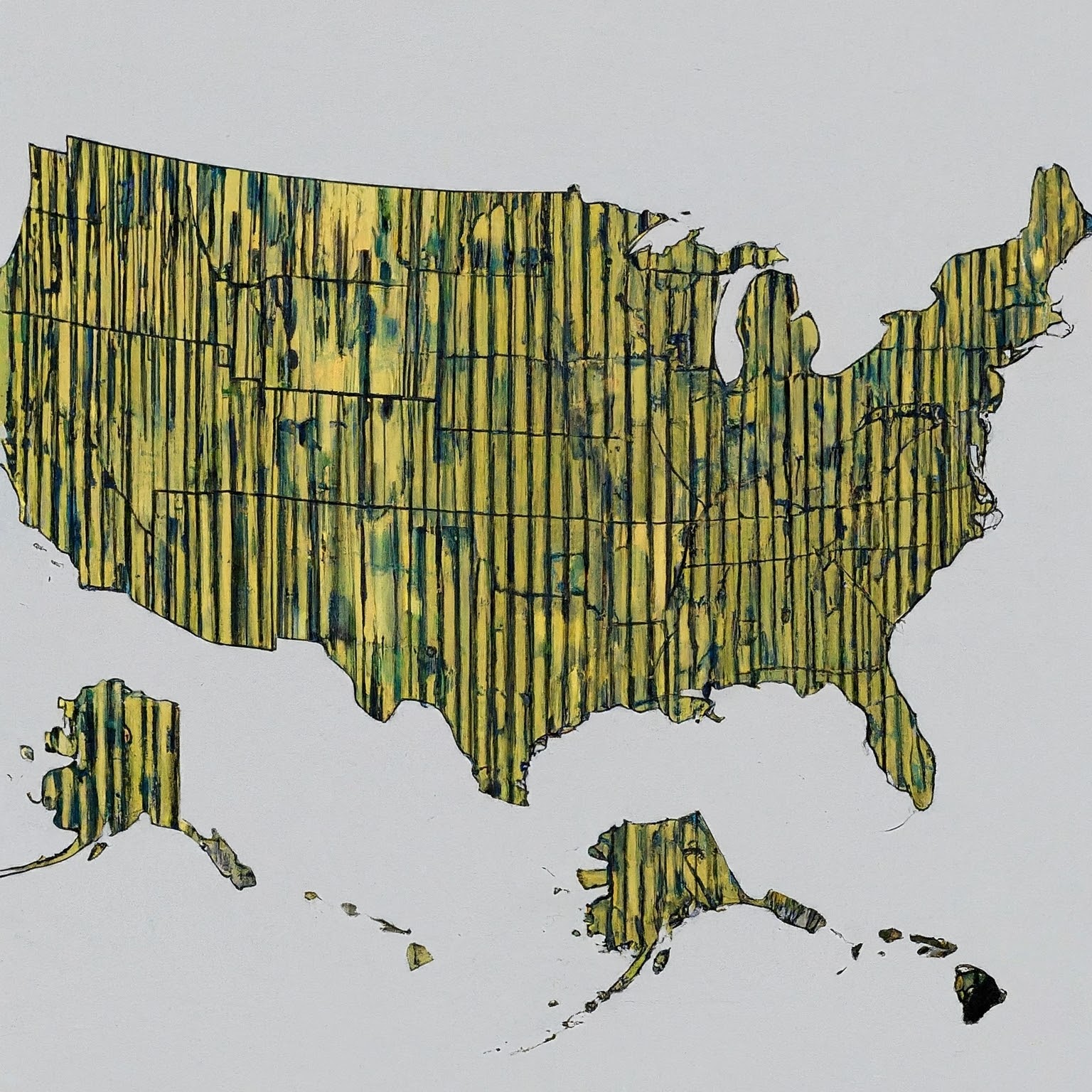The question, “How were zip codes created?” takes us back to a time when the U.S. Postal Service (USPS) faced a mounting challenge: the need to efficiently sort and deliver a rapidly increasing volume of mail. The answer came in the form of the Zone Improvement Plan (ZIP), a system of five-digit codes that revolutionized mail delivery and became an integral part of American life.

Pre-Zip Code Era: A Growing Problem
Before the introduction of zip codes in 1963, the USPS relied on a complex system of city names, state abbreviations, and street addresses to deliver mail. However, with the post-World War II population boom and the accompanying surge in mail volume, this system proved increasingly inefficient and error-prone.
The Challenges
- Manual Sorting: Postal workers had to manually sort mail based on their knowledge of specific addresses and routes. This process was time-consuming, labor-intensive, and prone to human error, leading to delays and misdeliveries.
- Rising Costs: The inefficiencies of manual sorting resulted in increased costs for the USPS, as it required more labor and resources to handle the growing volume of mail.
- Public Demand: The public was increasingly frustrated with delayed and misdirected mail, demanding a more reliable and efficient postal service.
The Birth of an Idea: Zone Improvement Plan (ZIP)
The idea for zip codes was born out of the need to modernize and streamline the mail delivery process. The USPS sought a system that could automate sorting, reduce errors, and improve overall efficiency.
Robert Moon’s Proposal
In 1944, Robert Moon, a postal inspector, proposed a three-digit code system to identify specific postal zones within cities. While his initial proposal was not adopted, it laid the groundwork for the eventual development of zip codes.
Edward Day’s Vision
In the early 1960s, Postmaster General Edward Day recognized the need for a comprehensive addressing system that could handle the growing volume of mail. He championed the idea of a national zip code system, envisioning it as a way to improve service and reduce costs.
The Creation of Zip Codes: A Collaborative Effort
The creation of zip codes was a collaborative effort involving postal officials, engineers, and statisticians. They analyzed data on population density, mail volume, and transportation routes to determine the most efficient way to divide the country into zones.
The Five-Digit Structure
The team settled on a five-digit code structure, with each digit representing a progressively smaller geographic area. The first digit represented a group of states, the second and third digits indicated a sectional center facility (SCF) or a large city, and the last two digits pinpointed a specific delivery area.
The Role of Technology
The introduction of zip codes coincided with advancements in technology, particularly the use of computers and automated sorting machines. These technologies allowed the USPS to quickly process and sort mail based on zip codes, greatly improving efficiency and accuracy.
The Rollout of Zip Codes: A Nationwide Campaign
The USPS launched a massive public awareness campaign to educate the public about the new zip code system and encourage its adoption.
شاهد المزيد فى All
Mr. Zip: The Mascot
The campaign featured a cartoon character named Mr. ZIP, a cheerful mail carrier who encouraged people to “use ZIP code in the mail!” Mr. ZIP became a popular figure, appearing in television commercials, print ads, and educational materials.
Gradual Adoption
Despite the initial resistance from some who saw zip codes as an unnecessary complication, the system gradually gained acceptance as people recognized its benefits. Businesses, government agencies, and individuals all embraced zip codes, making them a standard part of addressing.
The Impact of Zip Codes: Beyond Mail Delivery
Zip codes have had a profound impact on American society, extending far beyond their original purpose of improving mail delivery.
Demographics and Market Segmentation
Zip codes are associated with a wealth of demographic data, including income levels, education levels, age distribution, ethnicity, and more. This information has become invaluable for businesses and marketers, allowing them to target specific audiences and tailor their products and services accordingly.
Real Estate and Property Valuation
Zip codes play a crucial role in real estate. Homes located in desirable zip codes with good schools, amenities, and low crime rates typically command higher prices than those in less desirable areas. This makes zip codes an essential factor for real estate agents, appraisers, and potential homebuyers.
Public Health and Safety
Zip codes are used in public health initiatives to track disease outbreaks, identify areas with high rates of specific illnesses, and allocate resources for health programs and services. Emergency responders also use zip codes to quickly locate addresses in times of crisis.
Political Campaigns and Elections
Political campaigns utilize zip code data to target specific demographics with tailored messages and outreach efforts. This allows them to focus their resources on areas where they are most likely to gain support.
The Future of Zip Codes: Adapting to Change
The zip code system continues to evolve to meet the changing needs of a digital age.
ZIP+4 Codes and Beyond
The introduction of ZIP+4 codes in 1983 added a new level of precision to the system. Today, the USPS is exploring even more granular codes, such as Delivery Point Codes (DPCs), which can identify individual mailboxes.
Integration with Technology
Zip codes are being integrated with new technologies, such as GPS and geolocation services, to enhance the accuracy and efficiency of mail delivery. These advancements are shaping the future of postal codes and addressing in a digital world.
Conclusion: The Legacy of Zip Codes
The question of “how were zip codes created” leads us on a journey through the evolution of the postal service and its impact on American society. Zip codes, born out of a need for efficiency and accuracy, have become an integral part of our lives, shaping how we communicate, do business, and understand our communities. As technology continues to advance, the zip code system will undoubtedly adapt and change, but its legacy as a transformative innovation in mail delivery will endure.



